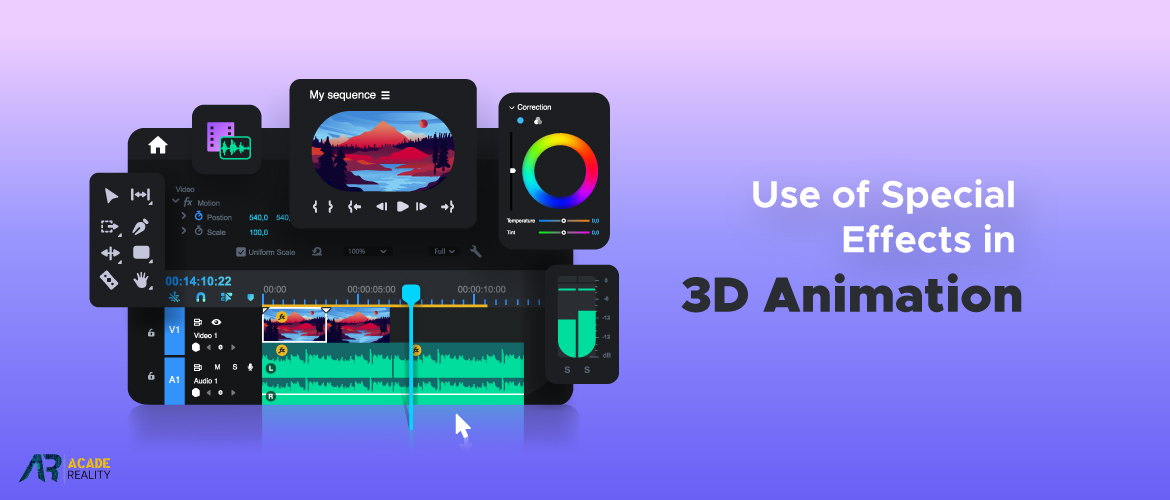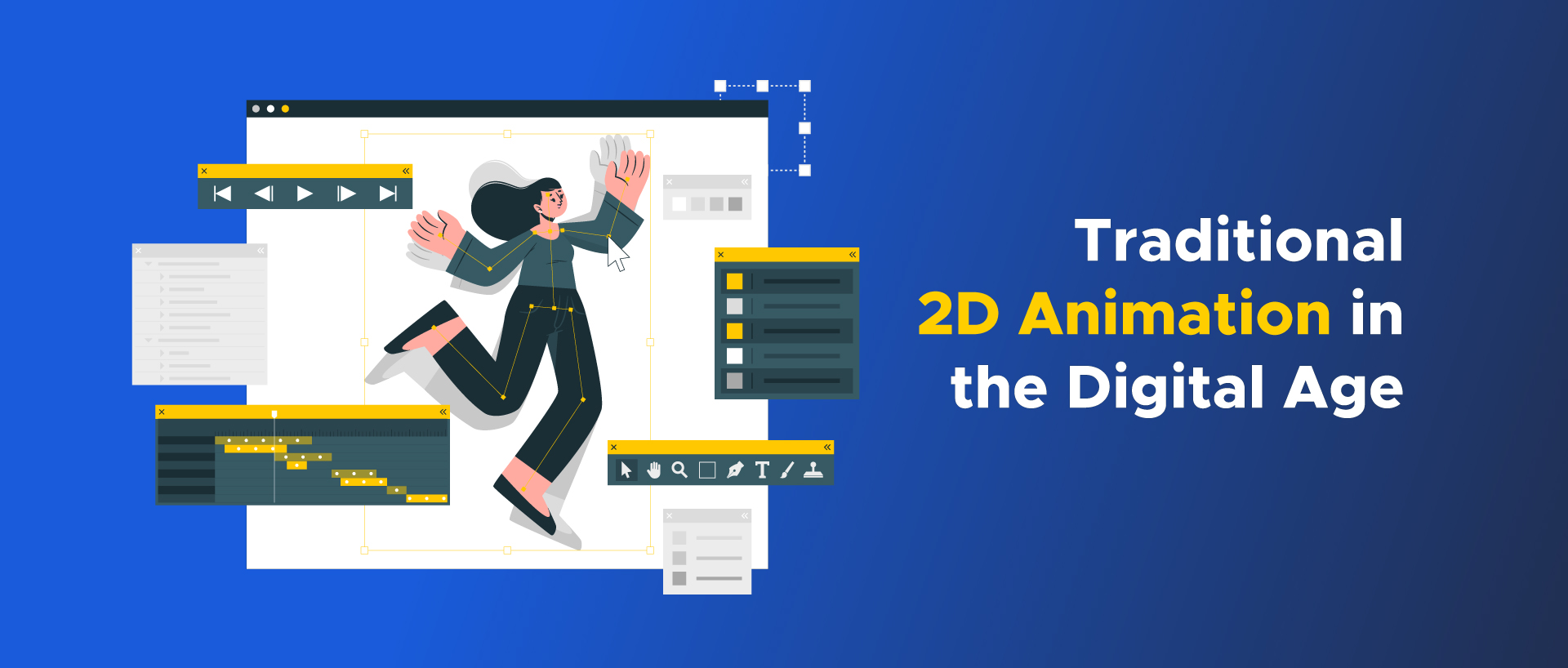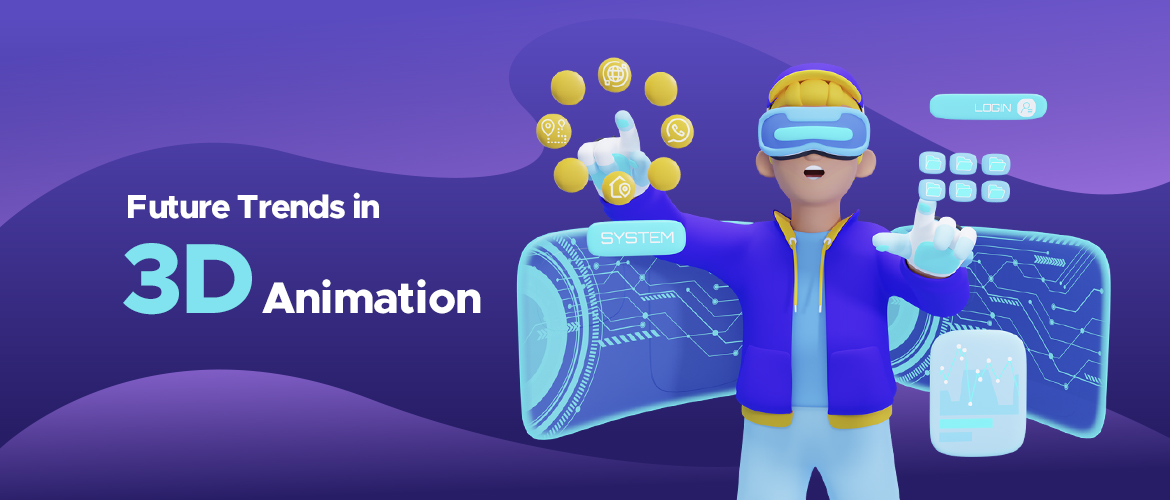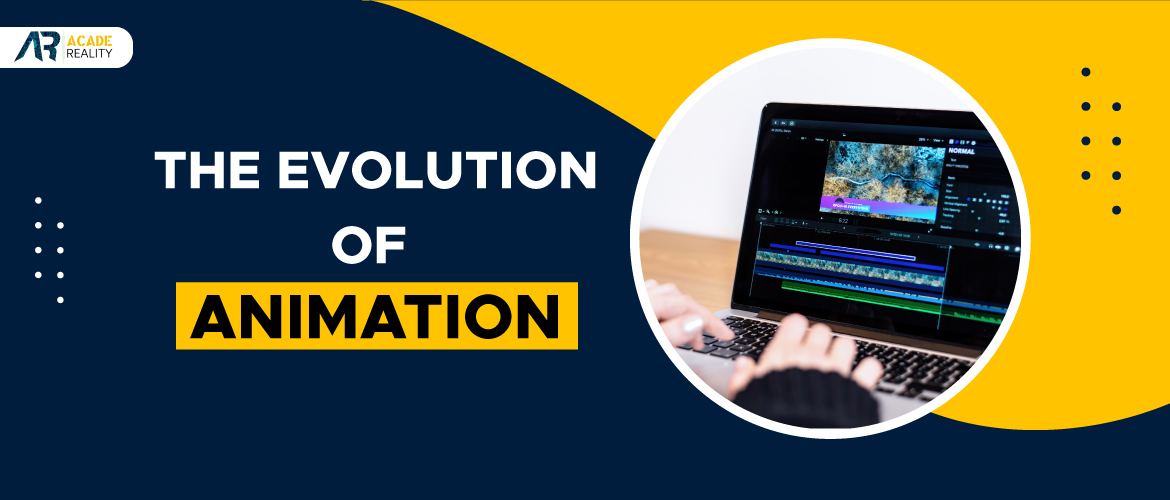Leatest Blogs
The Three-Dimensional Storytellers: A Guide to 3D Animation
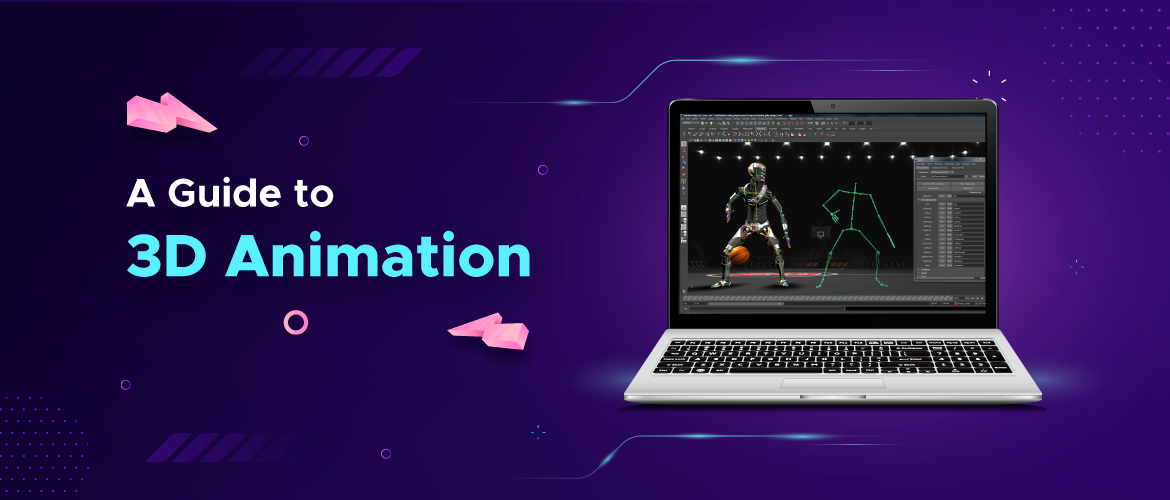
3D animation stands as a captivating and dynamic medium that has revolutionized the way narratives are brought to life. As we delve into this exciting world, this blog serves as your comprehensive guide—an introduction to 3D animation, exploring its development, techniques, and the crucial role it plays in modern storytelling.
At its core, 3D animation is a technique that uses computer-generated imagery to create moving images in three dimensions. Unlike traditional 2D animation, 3D animation adds depth and realism, making characters and scenes appear more lifelike. This dynamic form of storytelling has become increasingly popular in film, gaming, advertising, and various other industries.
The journey of 3D animation dates back to the 1970s when the first rudimentary computer-generated images emerged. Over the decades, technological advancements have propelled to new heights, enabling the creation of visually stunning and emotionally resonant stories. From the pixelated characters of early video games to the photorealistic animations of today, the evolution of 3D animation is a testament to human creativity and technological prowess.
Key Elements of 3D Animation Development
The development of 3D animation involves a combination of artistic and technical elements. Here are key elements to consider:
1. Modeling
The first step in 3D animation development is creating 3D models of characters, objects, and environments. Artists use specialized software to sculpt digital representations, giving them shape and form
2. Texturing
Once models are created, textures are applied to enhance their visual appeal. This step involves adding colors, patterns, and details to surfaces, creating a realistic or stylized appearance.
3. Rigging
Rigging is the method of adding a skeleton (rig) to 3D models, enabling animators to manipulate and control their movements. This step is crucial for bringing characters to life.
4. Animation
Animators breathe life into the models by creating movement. This involves setting keyframes to define the beginning and end of motions and allowing the software to interpolate the frames in between.
5. Lighting
Lighting adds depth, mood, and atmosphere to a scene. Skilled lighting techniques can elevate a 3D animation, creating a visually captivating experience for the audience.
6. Rendering
The final step involves rendering, where the 3D scenes are transformed into 2D images or frames. This resource-intensive process requires powerful hardware and sophisticated software.
Creating a 3D animated masterpiece involves a combination of artistic skill and technical prowess. The process typically begins with concept art and character design, followed by the creation of 3D models using specialized software. These models are then rigged for movement, and textures and colors are applied to bring them to life. The animation phase involves defining how objects and characters move in the three-dimensional space, and finally, lighting and rendering add the finishing touches to create a visually stunning result.
Applications of 3D Animation
The versatility of 3D animation extends its reach across various industries:
1. Film and Television
It has become a staple in the film and television industry, enabling filmmakers to create fantastical worlds and bring imaginary creatures to life.
2. Gaming
The gaming industry thrives on immersive experiences, and plays a pivotal role in creating realistic characters, environments, and interactive narratives.
3. Advertising and Marketing
Brands leverage to create visually striking and memorable advertisements that capture the audience's attention.
4. Education and Training
In educational settings, 3D animation aids in visualizing complex concepts, making learning more engaging and accessible.
5. Medical and Scientific Visualization
3D animation is used to visualize biological processes, medical procedures, and scientific concepts, facilitating better understanding and communication.
The Role of 3D Animation Services
As the need for high-quality animation continues to rise, the demand for specialized 3D animation services becomes paramount. Companies who offer 3D animation services cover a range of aspects according to the needs of individuals and brands. Some of areas covered by 3D animation agencies include:
1. Character Design and Animation
Services that focus on creating unique characters and bringing them to life through animation.
2. Architectural Visualization
Its services assist architects in visualizing and presenting architectural designs realistically and compellingly.
3. Product Visualization
Brands utilize to showcase their products from all angles, highlighting features and functionality.
4. Virtual Reality (VR) and Augmented Reality (AR)
The integration of 3D animation in VR and AR experiences enhances immersion and interactivity, creating unparalleled user engagement.
3D Animation Development: Navigating the Industry
Over the decade, the demand has continued to soar while the industry has become a hub of creativity and innovation. For aspiring animators and businesses seeking to leverage the power of 3D animation, understanding the development process is essential.
1. Education and Training
Embarking on a career in 3D animation often begins with acquiring the necessary skills and knowledge. Numerous educational programs and online courses offer training in the use of industry-standard software and animation techniques. Building a strong foundation in art, design, and computer graphics is crucial for success in this competitive field.
2. Software Proficiency
Mastering the tools of the trade is imperative for 3D animators. Software applications like Autodesk Maya, Blender, and Cinema 4D are widely used for modeling, rigging, and animation. Staying updated on the latest software developments ensures that animators can harness the full potential of available tools.
3. Portfolio Development
A strong portfolio is the key to securing opportunities in the 3D animation industry. Showcasing a diverse range of projects, including character animations, environment designs, and special effects, allows animators to demonstrate their skills and creativity. A compelling portfolio serves as a visual resume, making it essential for career advancement.
4. Networking and Collaboration
The animation industry thrives on collaboration. Networking with fellow animators, industry professionals, and potential clients opens doors to new opportunities. Attending industry events, joining online forums, and participating in collaborative projects are effective ways to build a network and stay informed about industry trends.
5. Keeping Abreast of Trends
The world of 3D animation is dynamic, with technologies and trends evolving rapidly. Staying informed about the latest developments in animation, virtual reality, and augmented reality ensures that animators remain at the forefront of innovation. This knowledge is not only beneficial for individual growth but also contributes to the continued advancement of the industry.
Exploring 3D Animation Services
For businesses seeking to harness the power of marketing, training, or entertainment purposes, enlisting the services of experienced professionals is essential. 3D animation services solve numerous digital problems facing brands by offering a range of solutions, from character animation and product visualization to architectural rendering and virtual reality experiences.
1. Character Animation
It specializes in bringing characters to life, whether for animated films, video games, or marketing campaigns. Skilled animators use advanced techniques to create lifelike movements, expressions, and interactions, ensuring that characters resonate with the intended audience.
2. Product Visualization
In industries such as manufacturing, architecture, and e-commerce. This involves creating realistic 3D models of products, allowing businesses to showcase their offerings dynamically and engagingly. This can significantly enhance marketing efforts and help customers visualize products before making a purchase.
3. Architectural Rendering
Architects and real estate developers leverage services for architectural rendering. This process involves creating immersive visualizations of buildings and interior spaces, providing clients with a realistic preview of the final design. This not only aids in the design and planning stages but also serves as a powerful marketing tool.
4. Virtual Reality (VR) and Augmented Reality (AR) Experiences
With the advancement of virtual and augmented reality technologies, 3D animation services have expanded their offerings to include immersive experiences. From virtual tours of properties to interactive training simulations, businesses can leverage VR and AR to engage audiences in novel and impactful ways.
Conclusion
3D animation stands as a transformative force, pushing the boundaries of creativity and innovation. As we've explored the development, techniques, and applications of 3D animation, it's evident that this medium plays a pivotal role in modern storytelling across various industries.
For individuals aspiring to enter the world of animation, the path involves education, software proficiency, portfolio development, networking, and staying abreast of industry trends. Meanwhile, businesses looking to capitalize on the benefits of 3D animation can explore a myriad of services, from character animation to virtual reality experiences, offered by experienced professionals in the field.
In the grand tapestry of visual storytelling, 3D animation stands as one of the most vibrant threads, weaving narratives that captivate and inspire audiences around the globe. As technology continues to advance, the future of 3D animation holds boundless possibilities, promising even more immersive and awe-inspiring stories yet to be told.
You Might Like
